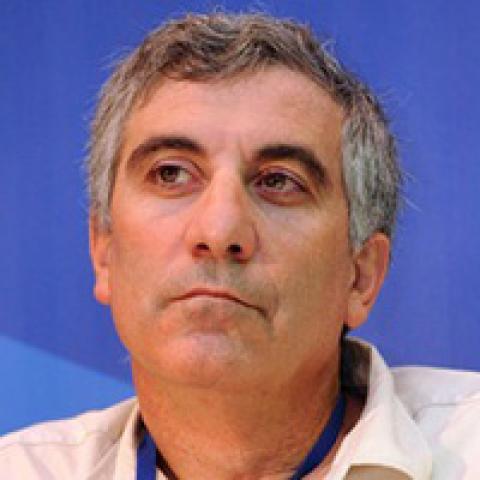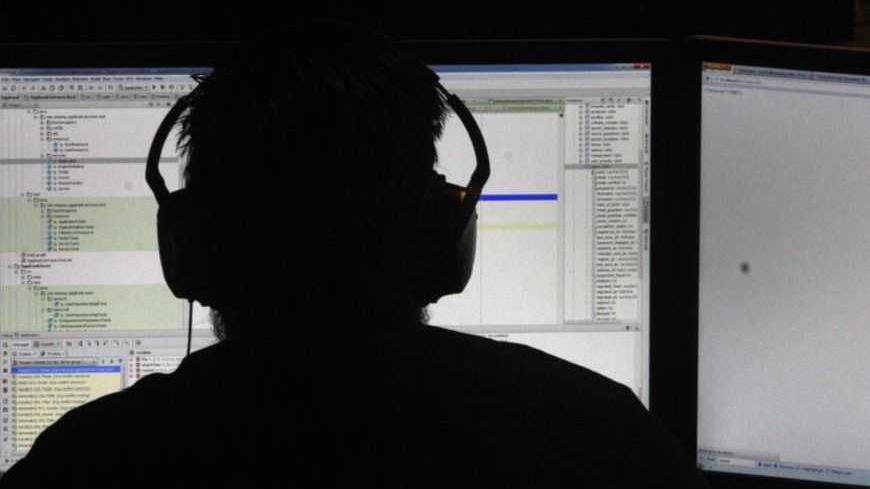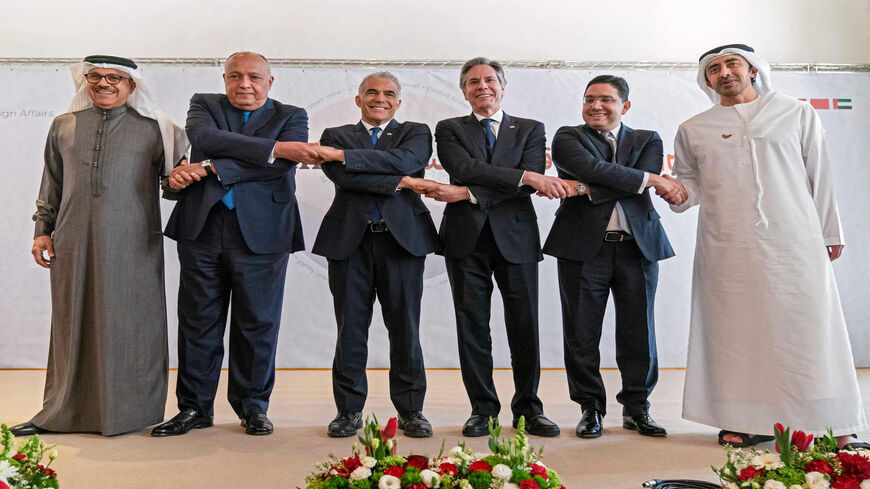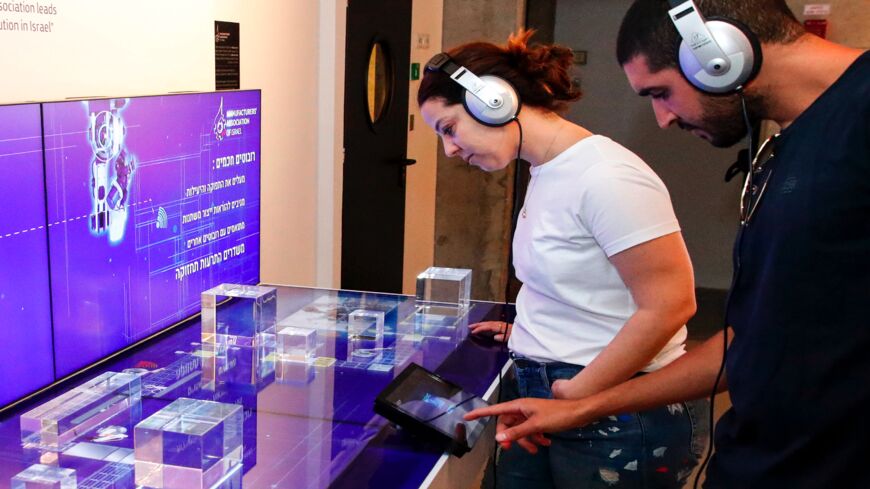Israel high-tech sector looks to Ukraine, Arab world to address labor shortage
With a manpower shortage that keeps growing, Israeli high-tech companies are going to great lengths to recruit a quality workforce.

Huge posters displayed mainly in Metropolitan Tel Aviv shocked some passersby. The posters featured young people, ostensibly graduates of high-tech fields, with hard-hitting, often cynical texts such as “Let’s give a big hand to Tzahi! Because of him, another adolescent got exposed to porn,” or “Bravo to Alma, who made the dean’s list! Because of her, thousands of kids are addicted to gaming. Instead of playing with your career, play firing missiles out of the atmosphere. Israel Aerospace Industries.”
The provocative ad campaign to recruit staff for Israel Aerospace Industries (IAI) testifies, more than anything, to the shortage of engineers and other high-tech workers in Israel’s advanced industries. The IAI is an old, respected company owned by the government. As such, the recent campaign evoked intense discussions and even something of an uproar on social media.







